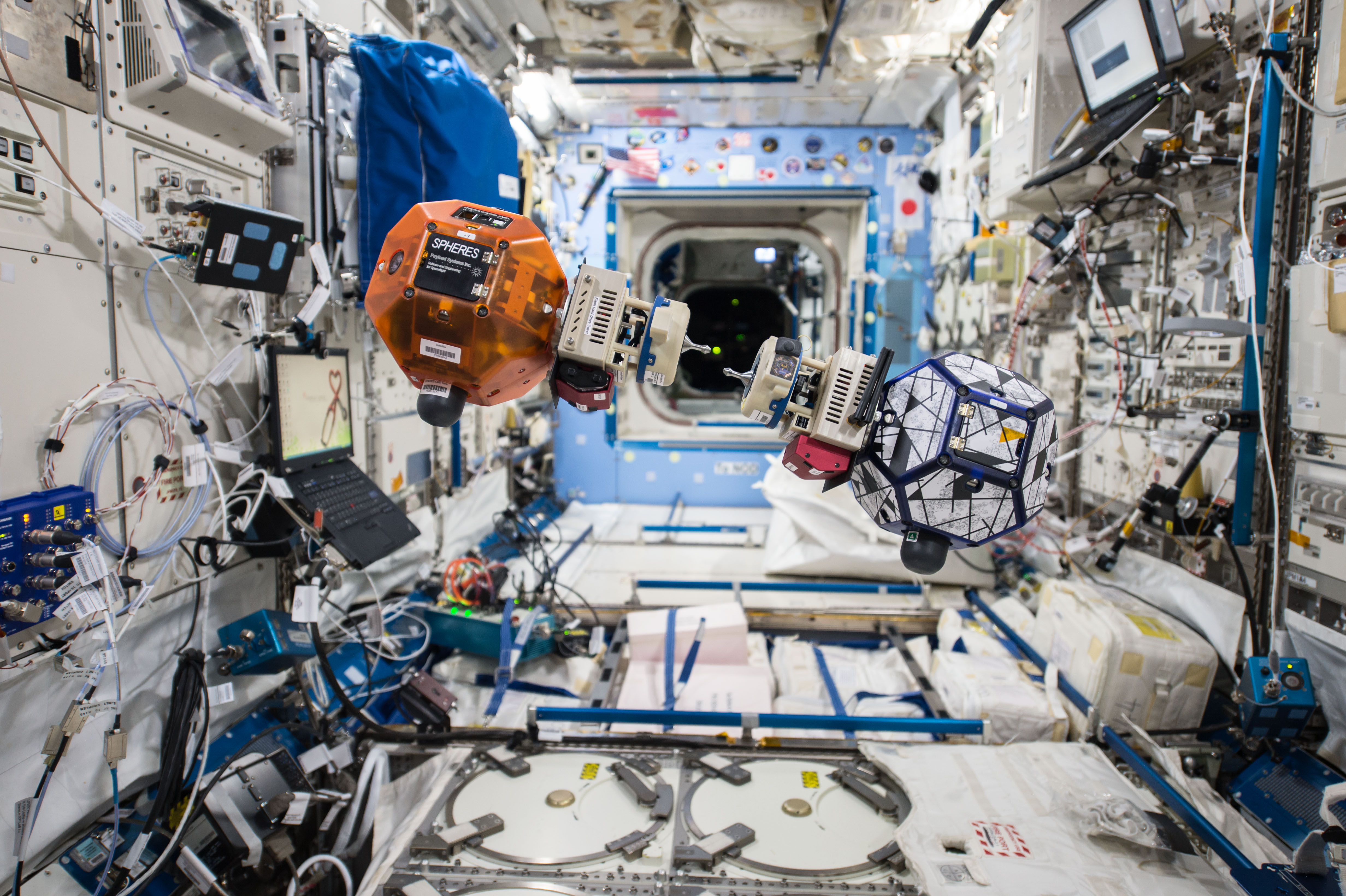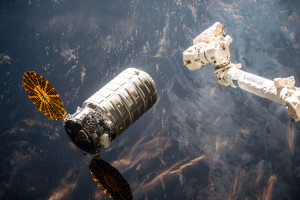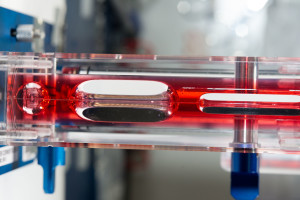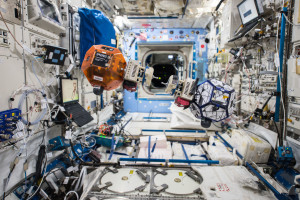Astronauts remained busy during the week of March 21 onboard the International Space Station (ISS) with the arrival of 3 new crewmembers, a supply capsule and numerous scientific investigations that included a study of human bone marrow and the testing of a universal docking port on small satellites.
One of the scientific investigations being performed on the ISS seeks to learn about the effect of microgravity on human bone marrow by measuring the changes in bone marrow fat before and after microgravity exposure. On earth, fat cells grow at the expense of blood-producing cells if a person is bedridden for a prolonged period of time, as fat cells and blood producing-cells occupy the same place in bone marrow. The Canadian Space Agency’s Bone Marrow Adipose Reaction: Red Or White (MARROW) investigation is providing the first data of this organ’s fat changes in microgravity, as it is vitally important and responsible for producing all red and white blood cells. The changes of blood cell functions are also being monitored.
Small satellites with docking ports known as Synchronized Position Hold, Engage, Reorient, Experimental Satellites (SPHERES) that are designed to fly inside the space station were tested during the week to evaluate the challenges of bringing autonomous spacecraft together in microgravity. The experiment is designed to simulate the complex systems that are assembled when spacecraft are mated together in orbit, and to demonstrate the ability for future missions to service or repurpose satellites.
Through experiments like these, the International Space Station is demonstrating its utility as the springboard for research and technology developments that will benefit future human and robotic space exploration missions.
To learn more about the International Space Station, click here.




